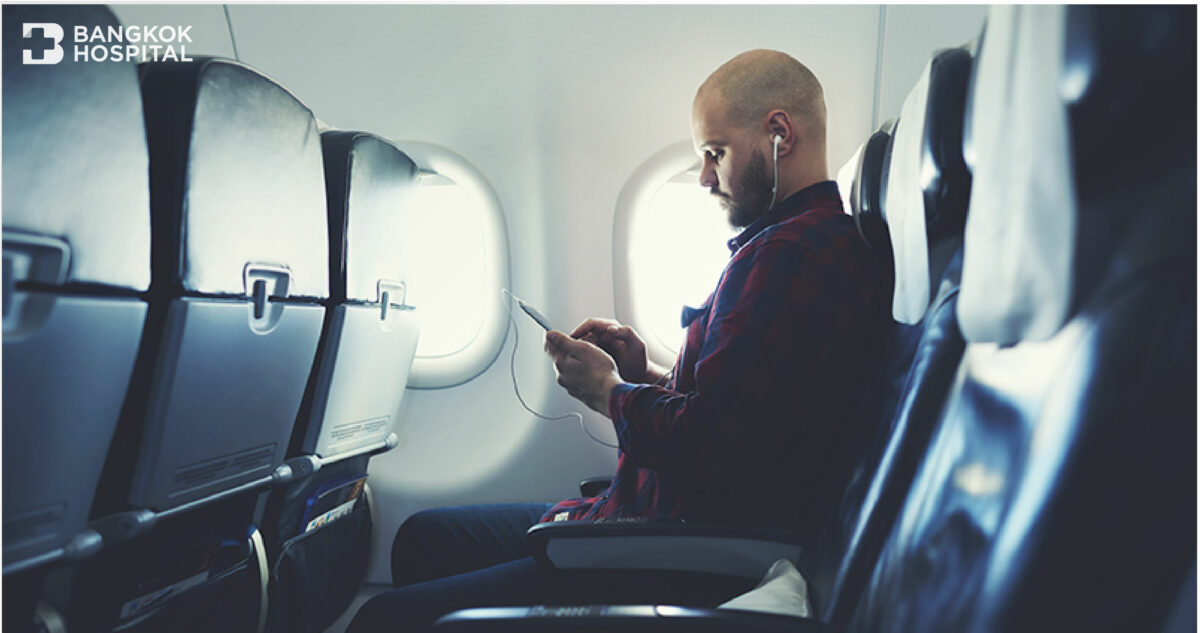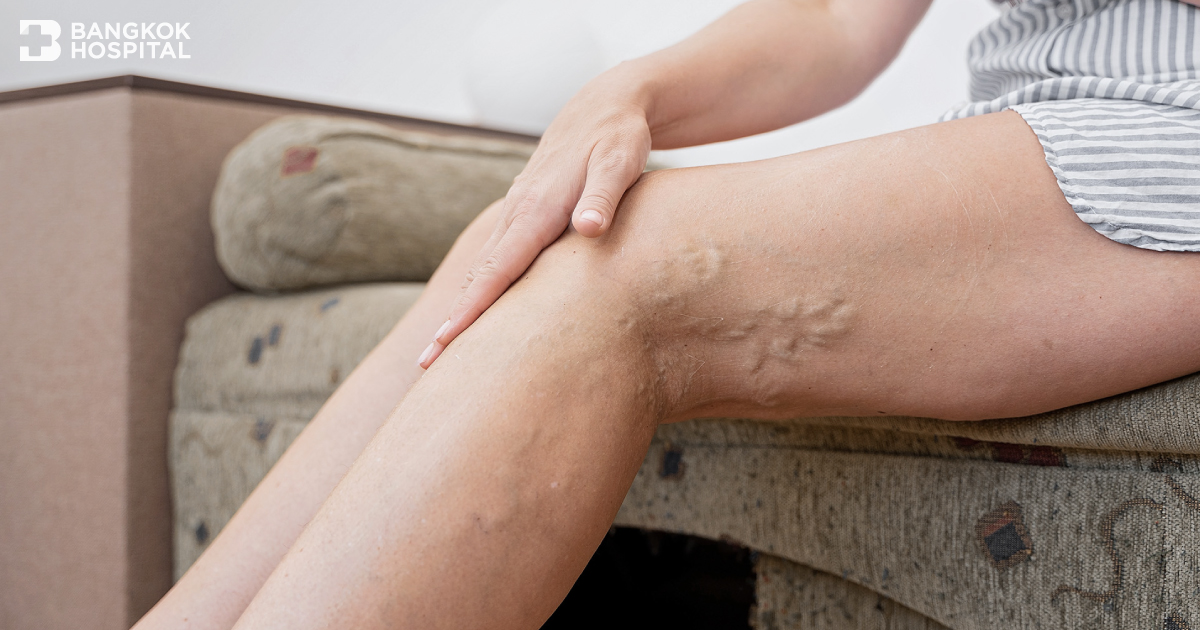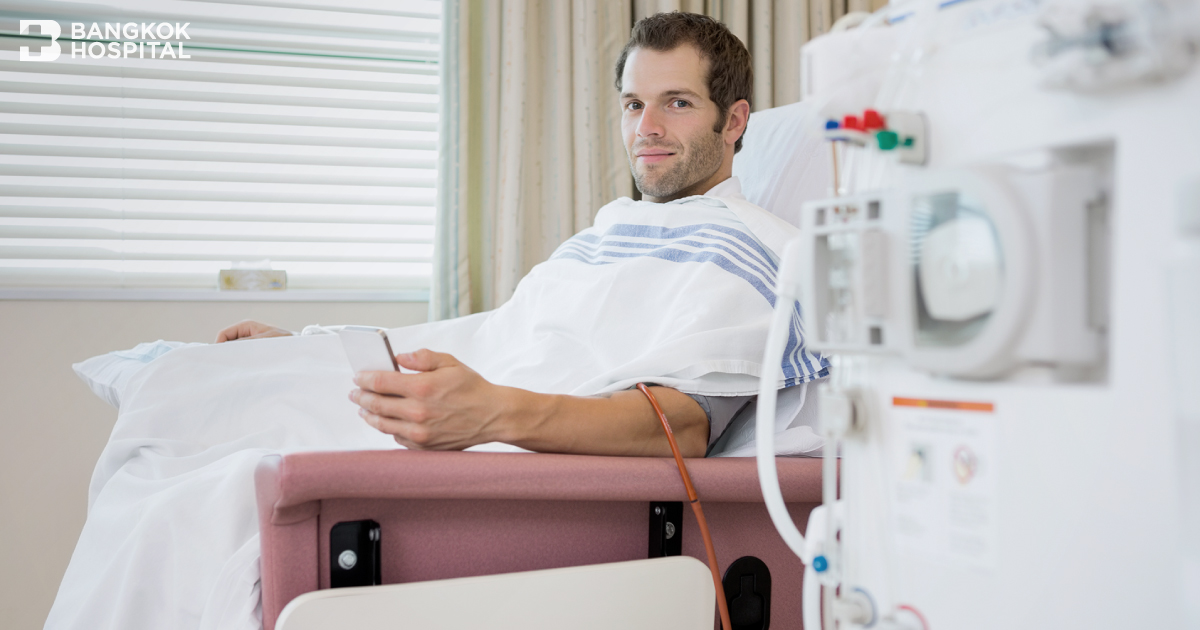“Economy class syndrome” is a headline that was used to describe a case of an acute pulmonary embolism, which occurred on a commercial passenger flight. However, this name may not really be appropriate as an embolism may occur in passengers in business, first class, or other modes of transport. It occurs as a result of being seated for long periods of time, a more appropriate name would be traveler’s thrombosis.
Deep vein thrombosis in the leg occurs as a result of prolonged immobility especially in cases where the victim is dehydrated, uses sleeping pills, consumes alcohol, tea, or coffee, low humidity and pressure in the cabin, and lack of oxygen. It often occurs after 4-6 hours of travel or after distances of more than 5,000 kilometers. The blood clot eventually progresses from the leg up to the lung causing acute pulmonary embolism, acute weariness, and eventually death.
Another concern is traveler’s stroke, as it is found that 6% of individuals, who have suffered a blood clot in the lungs, will also experience stroke as the clot moves upwards through the persistent foramen ovale (PFO). Normally, the PFO is sealed since birth; however for 17-27% of people this did not occur, leaving them more susceptible to stroke. Stroke can lead to paralysis, facial contortion, inability to speak, and weakness in one side of the limbs.
The important question is how often and how common are these conditions? Studies indicate that 0.39% per 1 million people of travelers who go on long flights are at risk of pulmonary embolism. Travel increases the risk by 3 times, and every 2 hours of extended traveling time increases risk by 18%. These conditions are twice as prevalent in women compared to men and are more common in individuals aged over 50. The average flight time for these ailments to occur is 10 hours or 9,000 kilometers.
Risk factors
-
Obesity and susceptibility to blood clots
-
Individuals who have recently received a major surgery with the past two weeks, and/or have a history of thrombosis
-
Poor blood circulation, varicose vein
-
Tumor within the past 2 years
-
Currently taking contraceptives
-
Conditions that impair movement
Prevention
However, there are certain prevention methods which include:
-
Avoid sitting cross-legged, or in positions that bend your hips and knees for prolonged periods of time
-
Get regular exercise for both sides of your legs. Get up and walk as often as possible
-
Drink plenty of fluids, avoid alcohol, tea, and coffee
-
Avoid sleeping pills
-
For individuals who are at risk of thrombosis your doctor may consider prescribing medication for prevention prior to your journey. Studies have also shown that wearing below-knee graduated compression stockings can help to reduce the chance of thrombosis, by inducing blood flow back up towards the heart.






